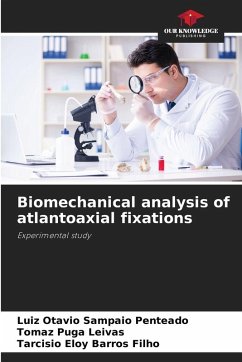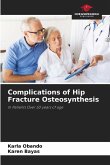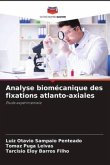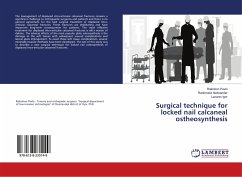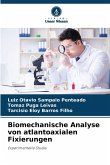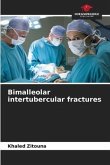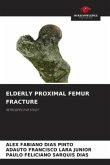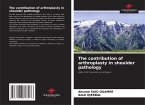The incidence of axis tooth fractures occurs mainly due to car accidents, firearm injuries, and extreme sports. Surgical treatment of these patients has been controversial. We compared four different types of osteosynthesis that present greater efficiency and biomechanical diversity among themselves. Although the mechanism of trauma is still a subject of debate in the scientific community, we opted for flexural compression laboratory tests, as we believe this mechanism places the greatest demands on the constructions. We separated twenty atlantoaxial segments from adult human cadavers and produced Anderson and D'Alonso type II fractures. The pieces were divided into four groups of five, each of which was fixed with a type of osteosynthesis: Gallie wiring, transarticular screws, tooth screws, and type 88 wiring. We analyzed the resistance, elasticity, and deformations, with the results obtained being for comparative purposes only. There was a significant difference between the Gallie wire and the tooth screw in terms of accommodation, and between the Gallie wire and the transarticular screw in terms of maximum strength.
Bitte wählen Sie Ihr Anliegen aus.
Rechnungen
Retourenschein anfordern
Bestellstatus
Storno

